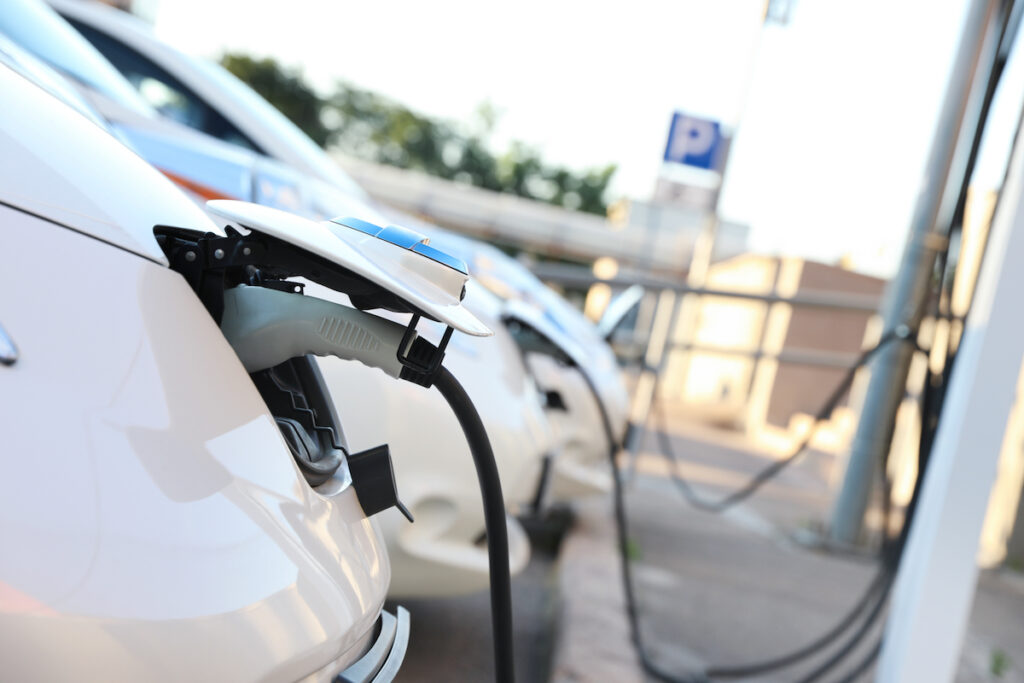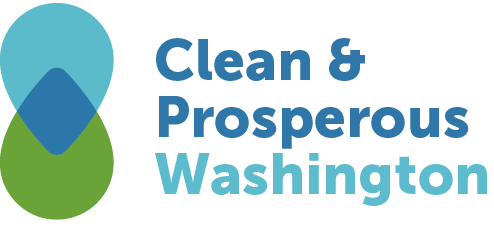Chickens and eggs
Which came first, the chicken or the egg? Philosophers (and farmers?) have pondered this question for many years. Now that question is applied to EVs and charging stations.
The clean energy future imagines free-range EVs powered by a reliable infrastructure of charging stations. But which comes first? It’s a question that policy-makers are attempting to answer with a balance of investments and incentives to be funded in part by the Climate Commitment Act (in WA), and the Infrastructure Investment & Jobs Act and Inflation Reduction Act (across the U.S.).
Consider that “nearly half of American adults who aren’t sure about buying an EV list the lack of charging infrastructure as their main concern” (according to a 2020 Consumer Reports survey referenced in this CB Insights report).
 So how many charging stations are needed? Currently there are only about 48,000 charge stations in the U.S., of which 6,000 are fast-chargers (per MIT Tech Review). According to CleanTechnica, 12.9 million charge ports will be needed to support the projected 26.4 million EVs that will be on U.S. roads in 2030. And approximately 140,000 DC fast charging ports will also be needed. Calculating based on Washington state’s current share of the U.S. EV market, we estimate that we’ll need approximately 466,000 charge ports, and at least 5,000 fast charging ports.
So how many charging stations are needed? Currently there are only about 48,000 charge stations in the U.S., of which 6,000 are fast-chargers (per MIT Tech Review). According to CleanTechnica, 12.9 million charge ports will be needed to support the projected 26.4 million EVs that will be on U.S. roads in 2030. And approximately 140,000 DC fast charging ports will also be needed. Calculating based on Washington state’s current share of the U.S. EV market, we estimate that we’ll need approximately 466,000 charge ports, and at least 5,000 fast charging ports.
Noting that it will take public-private collaboration to build a robust national charging network, MIT Tech Review says “the Biden administration has pledged to install plugs throughout rural areas, while companies constructing charging stations across America will have a strong incentive to fill in the country’s biggest cities and most popular thoroughfares.”
The federal Infrastructure and Jobs Act allocated funding for states to install fast charging stations every 50 miles along major highways. The state will receive $71 million over the next 5 years from the National Electric Vehicle Infrastructure (NEVI) Program — at least 40% of that prioritizes rural and disadvantaged communities.
Governor Jay Inslee says:
“Every Washingtonian should have access to cleaner cars and the means to charge them. Our top priorities include rural distribution, chargers serving multifamily housing, community charging locations, charging to serve low-income residents, and charging along residential streets.
We’re working with regional housing authorities to install chargers in lower-income housing developments. We’re also working on “right to charge” laws that prevent landlords and HOAs from prohibiting charging. As we work towards mass adoption, we want everyone to have a place to charge.”
The WA Department of Transportation has awarded several grants totaling nearly $10 million for the Zero-emission Vehicle Infrastructure Partnerships (ZEVIP) program. Energy Northwest and Forth (with partners EVCS and EVgo) will install and upgrade direct current fast chargers (DCFC) at sites along priority corridors in Washington.
The Department of Commerce is in the process of funding $3 million for rural charging and designing a request for the $69 million in infrastructure funding that was included in the 2022 legislative session.
As we think about EVs and chargers, there are so many questions to ponder… Private or public? Slow charge or fast? Urban or rural? Cars or trucks? What about delivery? Let’s continue the conversation on Twitter and LinkedIn.
